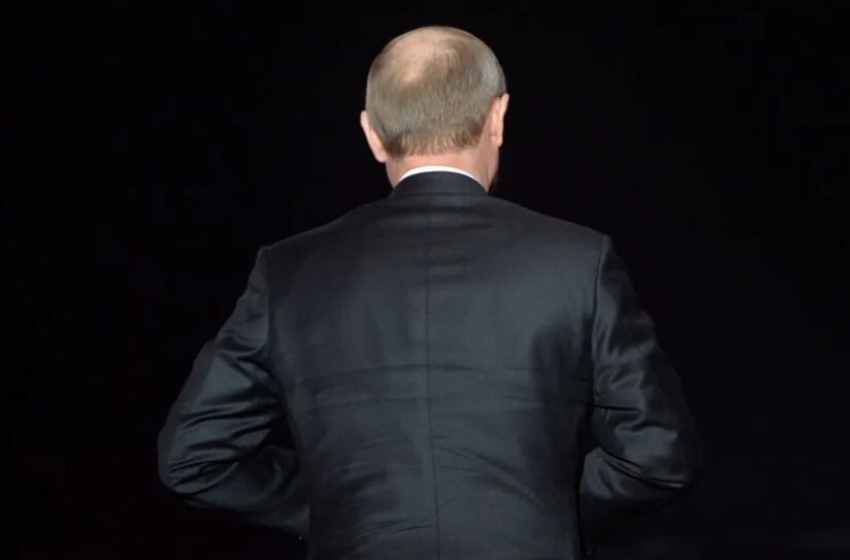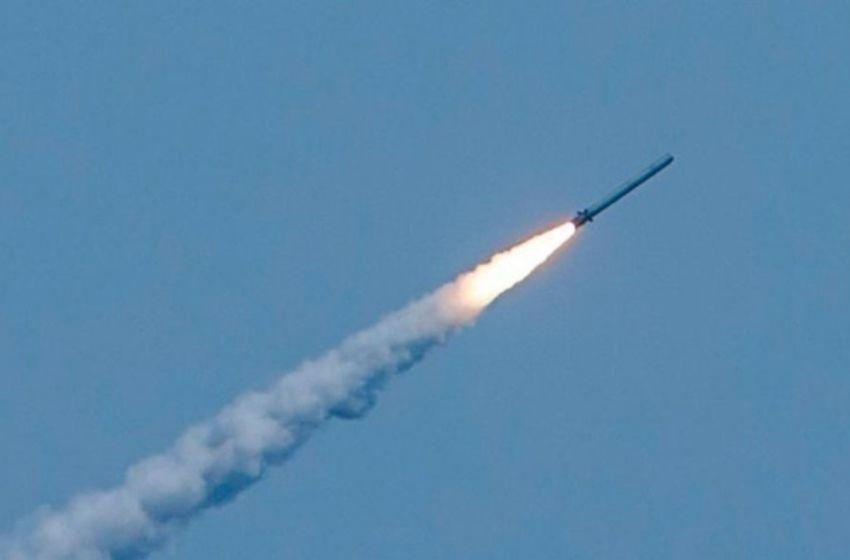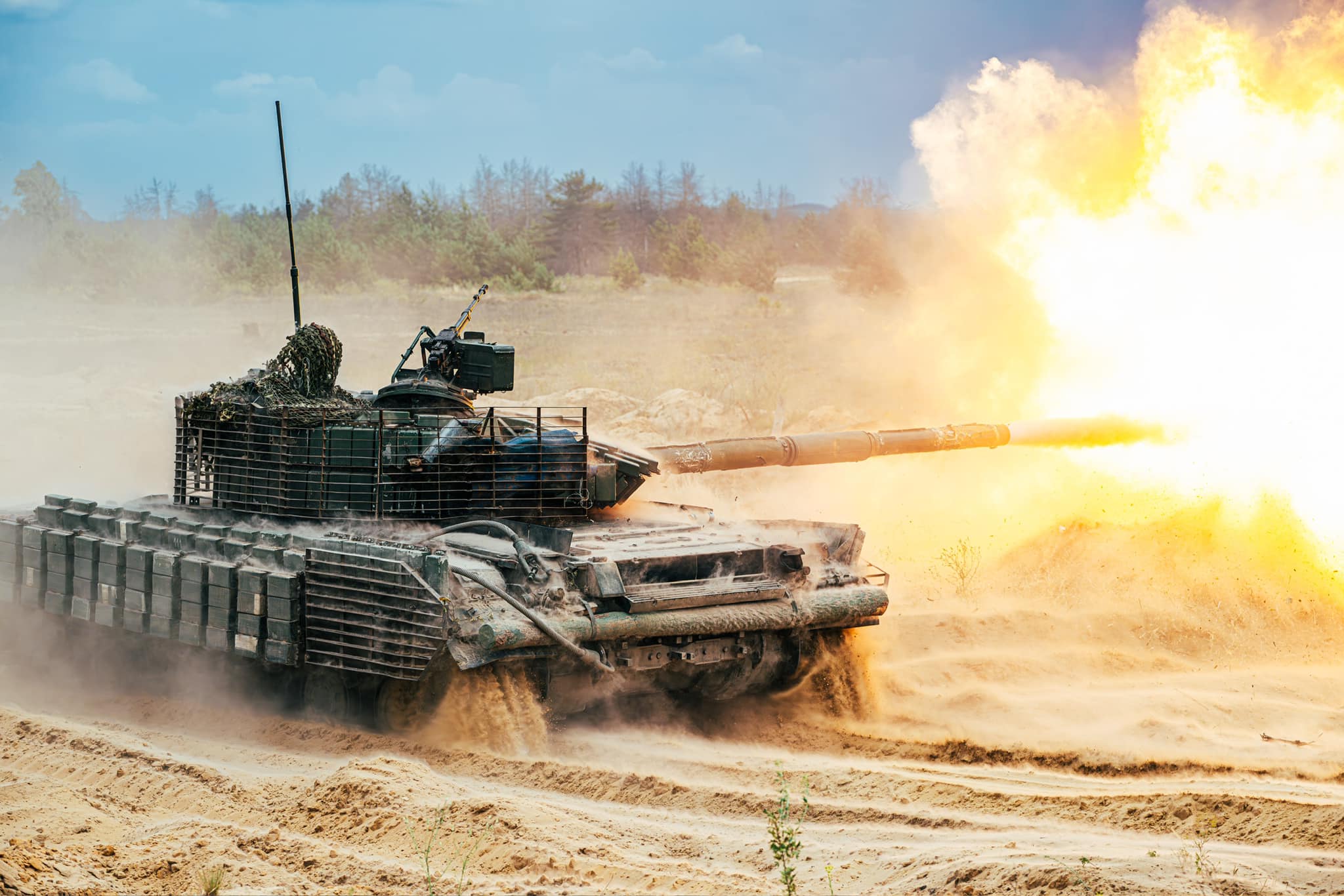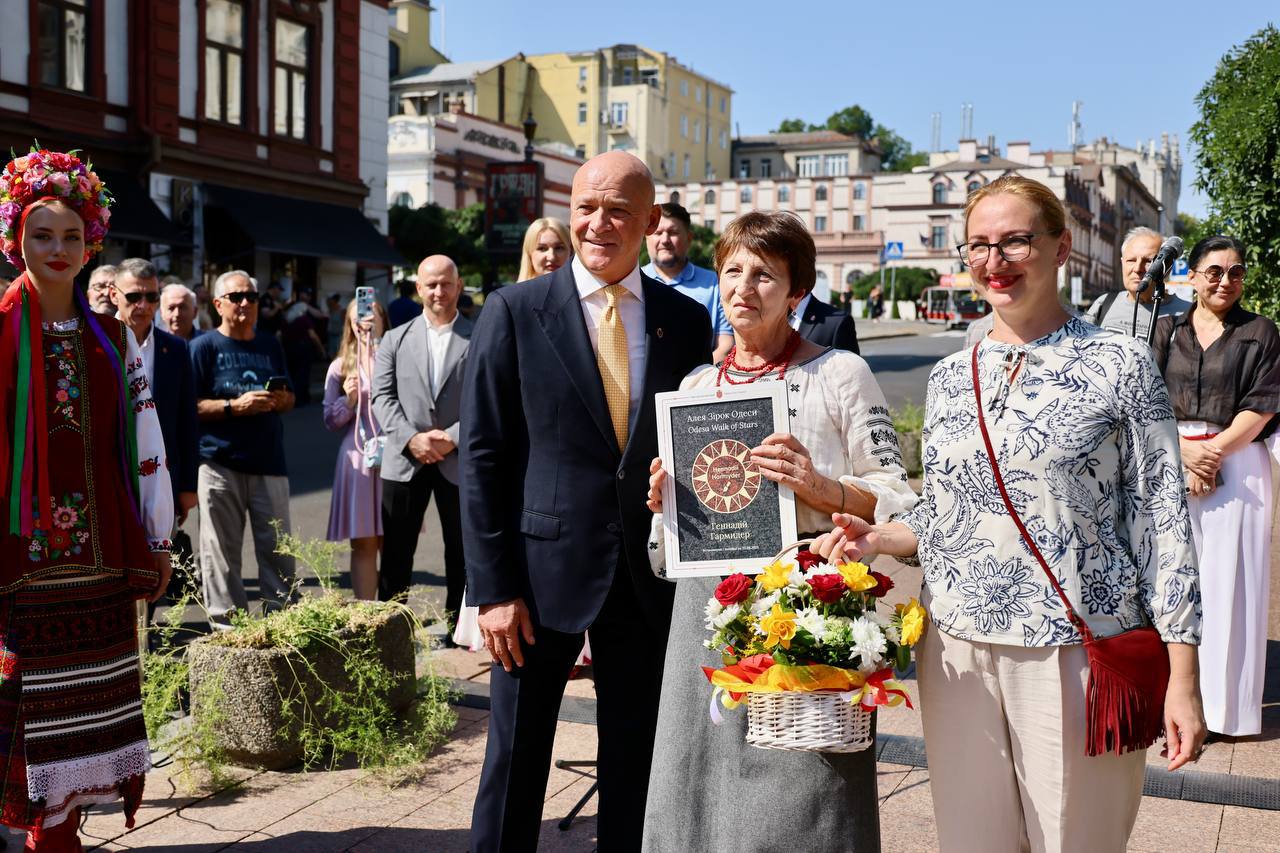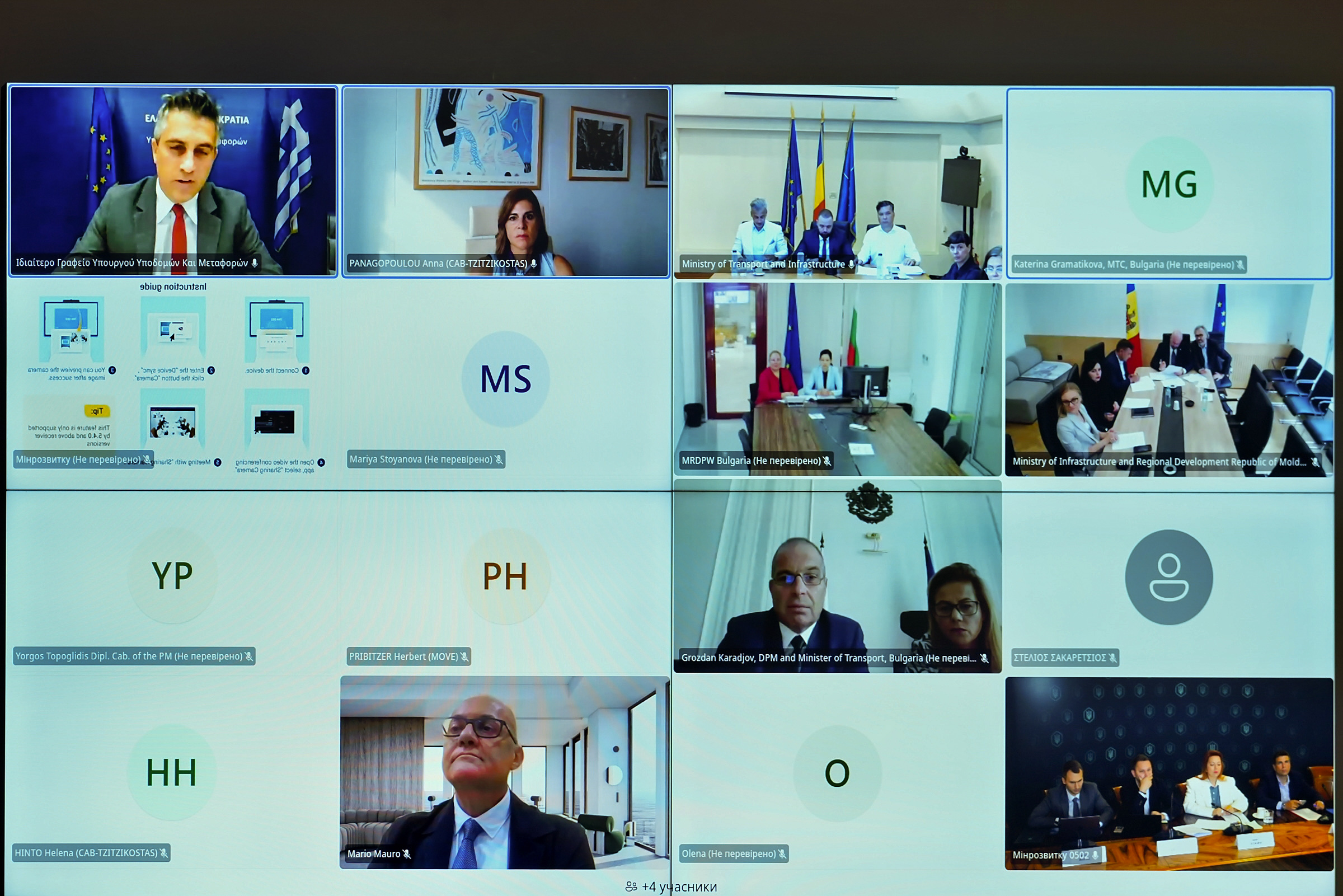The Russian army in Ukraine has significantly increased the number of assault operations since the start of ceasefire negotiations mediated by the U.S.
From March 1 to 26, Russian forces conducted 17% more assault attacks than in all of February, according to the Ukrainian OSINT project DeepState. Between March 25–27, Russian troops carried out an average of more than 200 assaults per day— a record for 2025, notes DeepState.
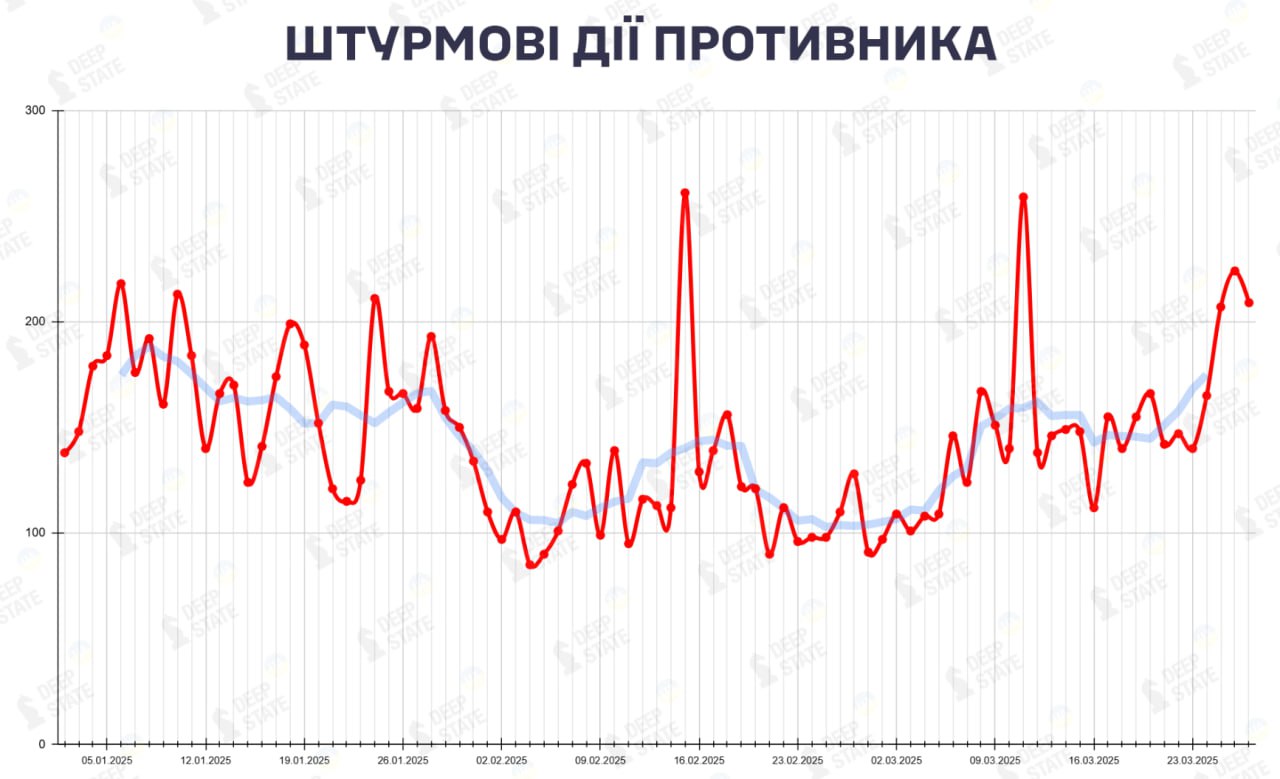
The attacks are focused on the Kupiansk, Lyman, Toretsk, Vremievsk, and Kursk sections of the front, with the most intense situation near Pokrovsk—a key logistical hub for the Ukrainian Armed Forces in Donetsk region, through which Ukrainian forces in the area are supplied.
Russian forces have also intensified small-group assaults in the Zaporizhzhia direction, as reported by Ukrainian Southern Defense Forces spokesperson Vladyslav Voloshyn on Friday. The offensive in the region, which is currently 70% controlled by Russian forces, began in early March. By mid-month, according to Z-embedded war correspondents, the Russian troops were able to breach Ukrainian defenses by 10 km in width and 5 km in depth, capturing several villages.
“The Russians want to gain as much of an advantage as possible, pushing as far as they can in Zaporizhzhia, and, if possible, even reach the administrative borders of the region. This is one of the reasons the situation in southern Ukraine, especially on the Zaporizhzhia front, is beginning to escalate,” explained Voloshyn.
The "meat assaults" are increasing casualties in the ranks, which, according to British intelligence, have reached 900,000 personnel by March, including 200-250 thousand killed.
Currently, Russian forces are approximately 25 km from Zaporizhzhia, but Ukrainian defenses “lack depth” to effectively hold off a potential assault, as noted by experts from the American Institute for the Study of War. A similar situation exists on the Kharkiv front and near key cities in Donbas, which could face immediate threat if defenses begin to “crack.”









